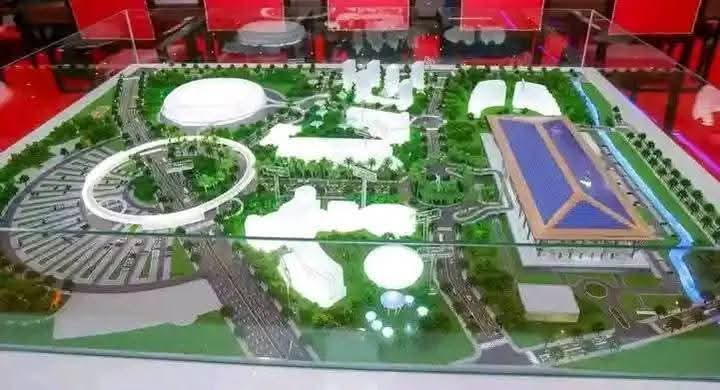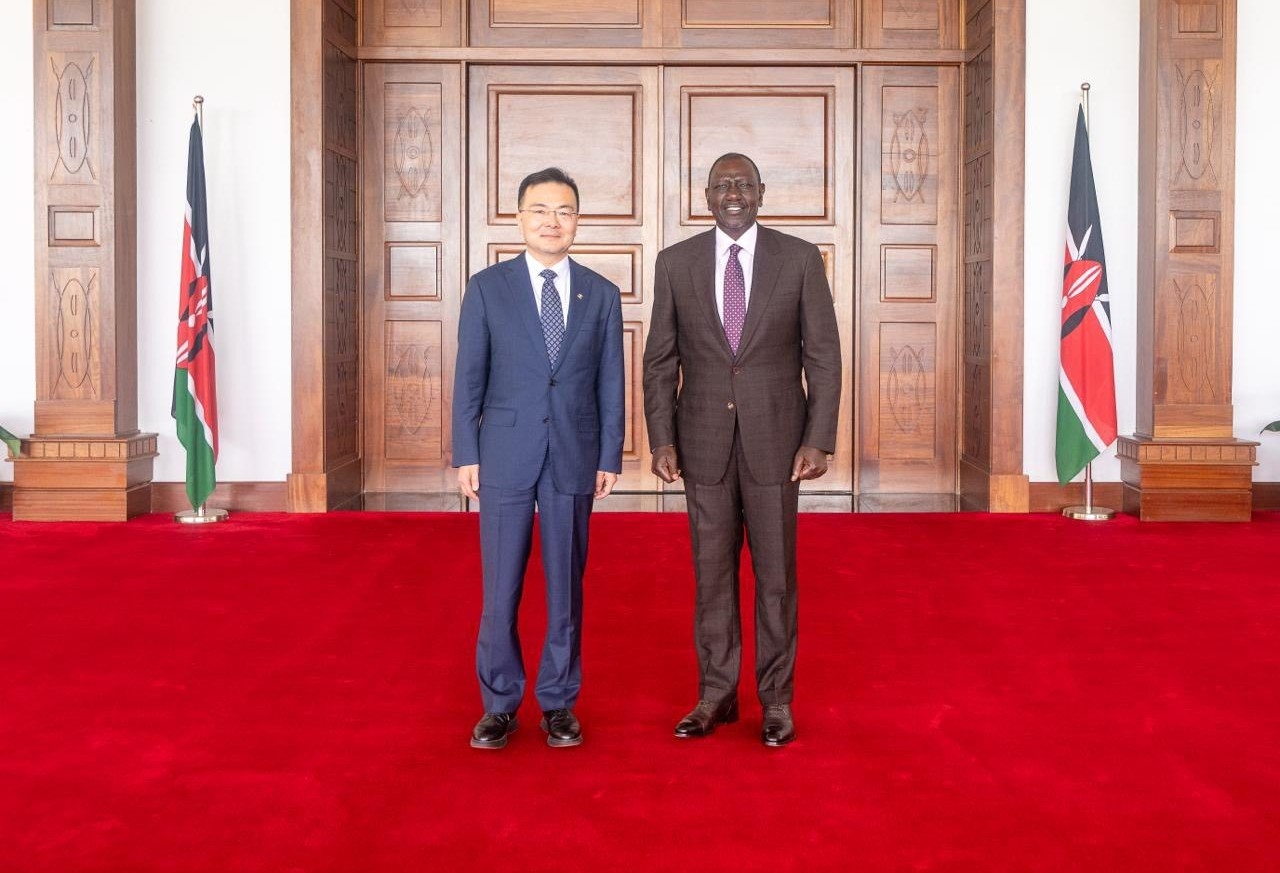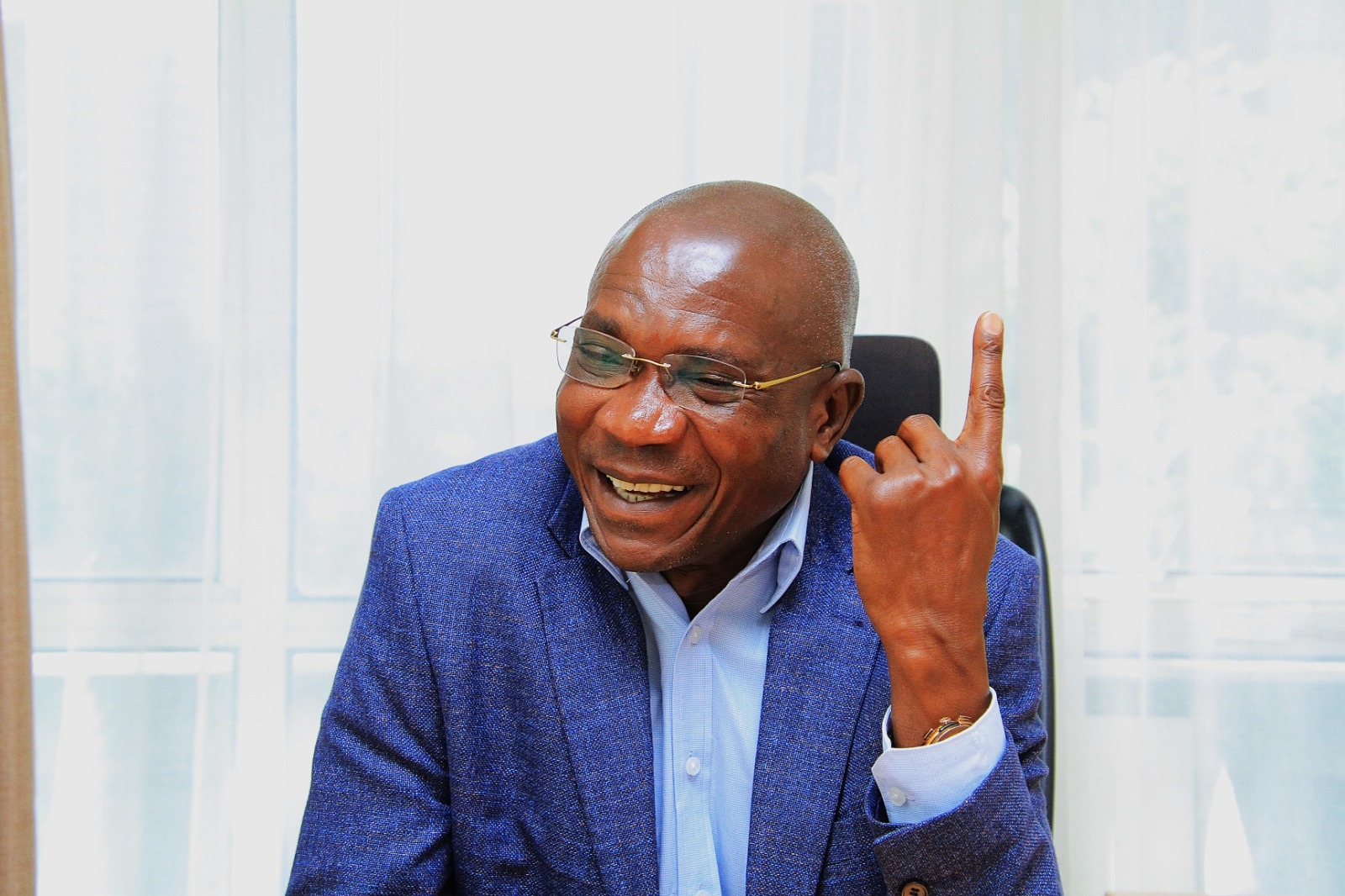
President William Ruto has announced that the ongoing construction of the Bomas International Convention Complex (BICC) will be completed by April 2026, setting the stage for Kenya to host the Africa-France Summit a month later.
The multibillion-shilling project, which was launched in March 2025, is poised to become the largest convention facility in the region, marking a defining milestone in the country’s efforts to reposition itself as a premier global conferencing destination.
Ruto said his administration had accelerated work at the Bomas of Kenya site to ensure the timely delivery of the ultra-modern complex.
He expressed confidence that the facility, whose construction runs 24 hours a day under the supervision of the Kenya Defence Forces (KDF), will be ready for its inaugural international event in May.
“The reality is that when I arrange and make a commitment, I do it,” the President declared.
“I promised the people of Kenya that we are going to build the largest conference centre in this country. It is going to cost us almost Sh35 billion at Bomas of Kenya. If you go there now, construction is going on day and night, and I want that facility finished by April next year. In May, you will find me there presiding over a France-Africa conference.”
The BICC, an ambitious undertaking featuring an 11,000-seat, four-storey convention centre, is expected to elevate Kenya into the league of global MICE (Meetings, Incentives, Conferences, and Exhibitions) destinations.
The development mirrors leading international venues such as the Dubai World Trade Centre, the Cape Town International Convention Centre, and the Singapore Expo, all of which have become economic pillars for their host cities.
Beyond the main auditorium, the complex will include an animal orphanage, a landscaped city walkway, modern exhibition halls, sports and recreational amenities, and expansive parking facilities.
Its design integrates cultural, hospitality, and sports tourism elements, complementing the nearby Talanta Stadium to create a dual hub for regional and global events.
In September, Deputy President Kithure Kindiki received a detailed status report on construction progress and led discussions on an accelerated completion programme.
Those engagements encompassed supporting infrastructure, including light rail connectivity, key road upgrades, enhanced water circulation systems, and advanced ICT networks to support high-capacity conferencing.
Government insistence on disciplined project execution has been reinforced by placing the Ministry of Defence, through KDF engineers, in charge of supervising construction.

This model, which has been used on several of the administration’s fast-tracked infrastructure projects, aims to ensure the BICC is delivered on time, on budget, and in line with global standards.
For decades, Kenya has relied on the Kenyatta International Convention Centre (KICC), built in 1972, as the country’s flagship meeting facility.
President Ruto noted that while regional competitors such as Rwanda, Uganda, and Tanzania have already invested in modern, high-capacity convention centres, Kenya has lagged behind despite holding the region’s most diversified tourism and business ecosystem.
“We have been having this conversation for 20 years,” he said.
“Rwanda has built a big conference facility, Uganda has built a big one, Tanzania has built one. We have been left behind. That is why I decided that we must build a huge, world-class conference facility because Kenya deserves it. I am very proud that it will be complete by May next year; you will see it yourself.”
Once operational, the BICC is expected to generate thousands of jobs, catalyse new investments, and firmly position Nairobi as a continental diplomatic and business hub.
It is also projected to anchor Kenya’s growing MICE industry, enhancing the country’s attractiveness for global summits, exhibitions, and cultural festivals.
With the finishing deadline now fixed and international attention turning toward Nairobi ahead of the Africa-France Summit, the BICC is emerging as one of the administration’s signature legacy projects, symbolising ambition, competitiveness, and Kenya’s return to the forefront of global conferencing.













